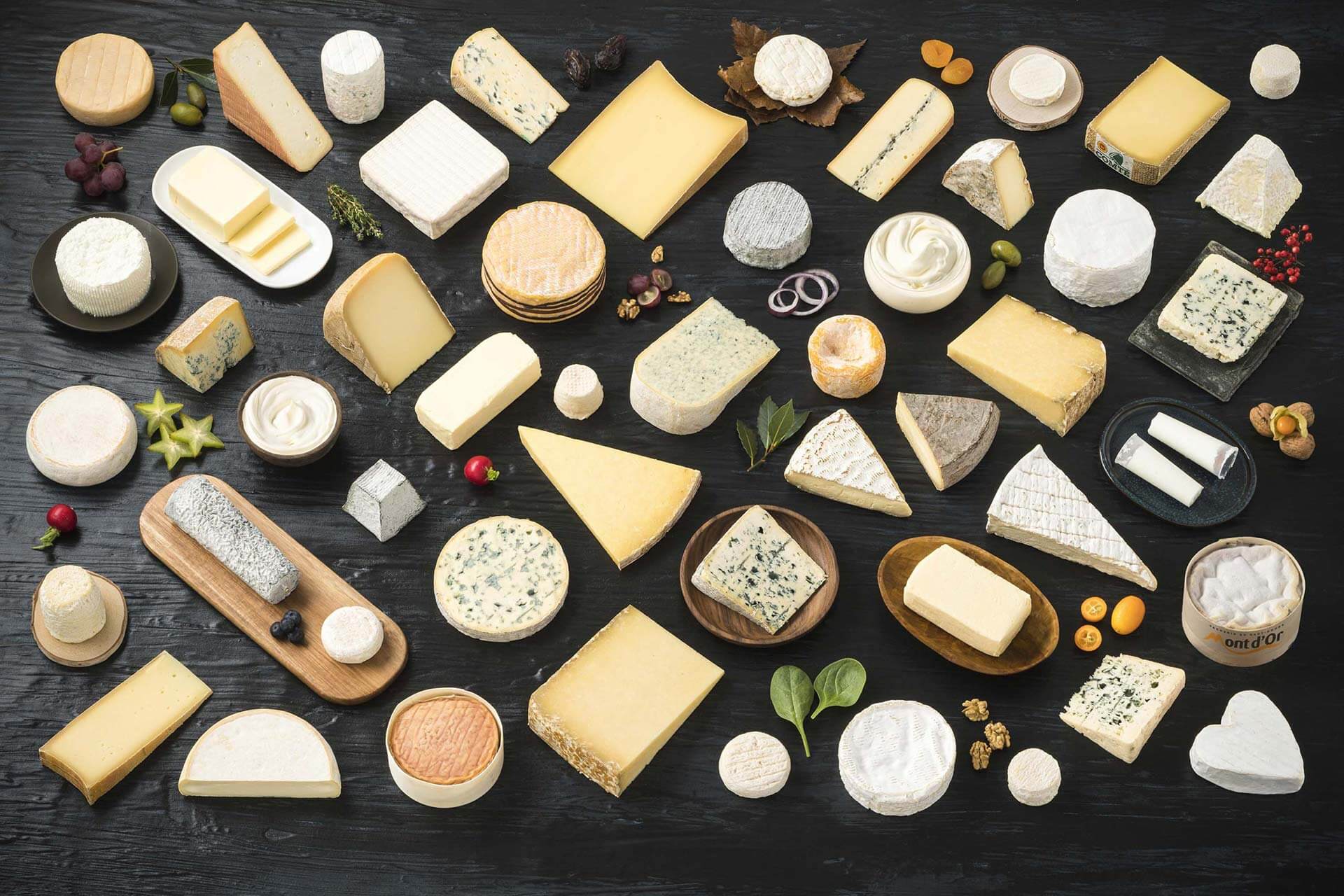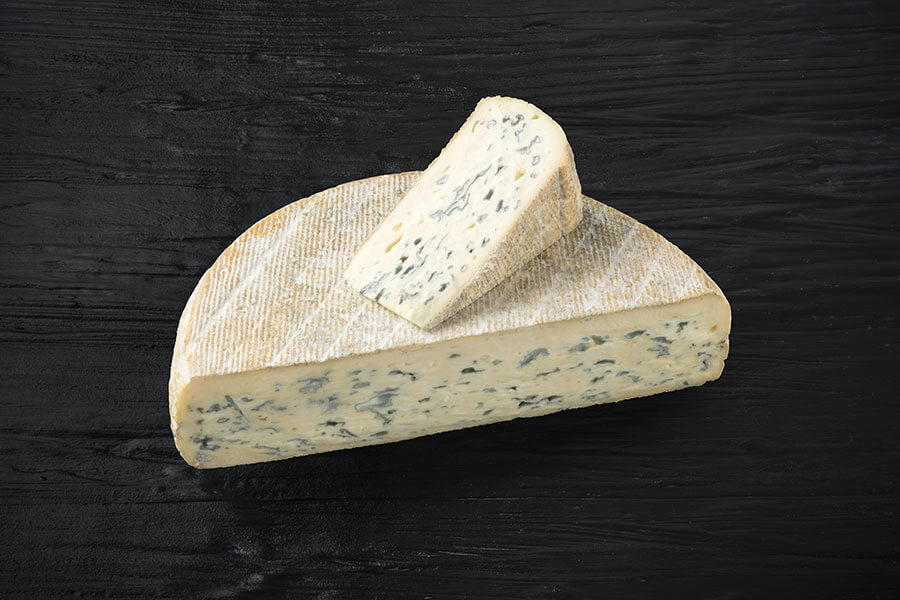Bleu du Vercors-Sassenage
PDO Bleu du Vercors-Sassenage, portrait of crea-moo cheese!
If Vercors had not become such a popular tourist destination, what would have become of this cheese? No doubt it would have disappeared. Fortunately, a clutch of producers committed to keeping alive the unusual process for making this cheese, which involves mixing milk on the morning that it is given with milk given the previous day and warmed up before being left to cool. The blue that develops during the ripening process helps to create a soft, chewy and veined paste.
-
Cheeser
Cow’s milk -
YEAR OF LABELLING
1998 -
Raw milk or thermised/pasteurised milk
-
Blue-veined cheese
Key figures
-
35 Milk producers
-
9 Farmhouse producers
-
1 Production plants
-
424 Tons marketed in 2020
READ MORE
www.bleuduvercors-sassenage.com

